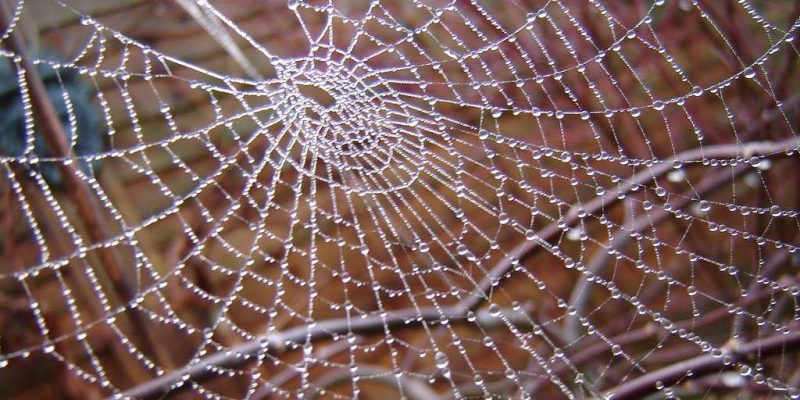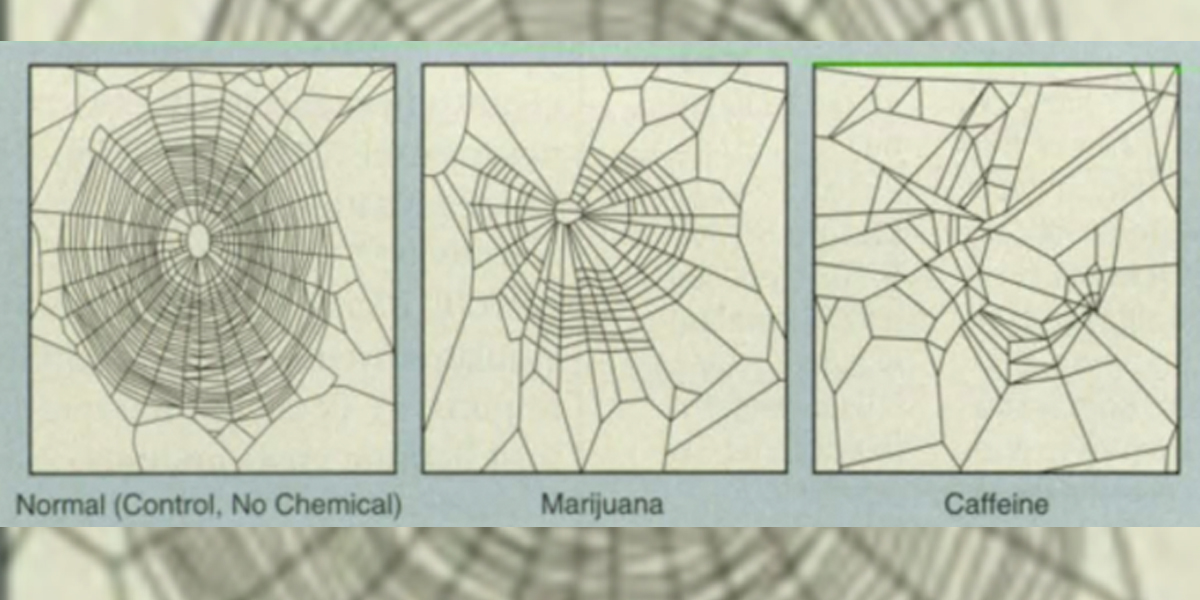- A NASA article from 1995 shows just how toxic caffeine is to the brain.
- Researchers exposed spiders to a range of different chemicals – including caffeine, marijuana, and Benzedrine – and noted how differently they spin webs under the influence of each.
- Take a look at how the different webs look.
- Visit Business Insider’s homepage for more stories.
The scientific benefits – and disadvantages – of coffee are well-researched. But how much do we know about how the brain functions under the influence of caffeine?
An article in a 1995 issue of NASA Tech Briefs discussed work done by researchers at Marshall Space Flight Center to see how various substances – including caffeine – affect spider web patterns.
Read more: What happens to your body when you drink too much coffee
The researchers exposed spiders to a range of different chemicals, including caffeine, marijuana, and Benzedrine – a type of amphetamine – and noted how they spun their webs under the influence of each of those substances.
Spiders typically spin webs by producing silk from their silk glands with the help of their spinnerets, which are special organs that allow them to decide what type of thread they need at various points.

The NASA researchers found that the more deformed the web looks compared to a normal web, the more toxic the chemical is.
Take a look at the full graphic here, and compare for yourself:

"It appears that one of the most telling measures of toxicity is a decrease, in comparison with a normal web, of the numbers of completed sides in the cells: the greater the toxicity, the more sides the spider fails to complete," the NASA article said.

That's not to say that caffeine is necessarily bad for our brains, though.
Earlier this month scientists found that drinking at least two cups of coffee a day could decrease the risk of death from cancer, cardiovascular disease, and diabetes.

